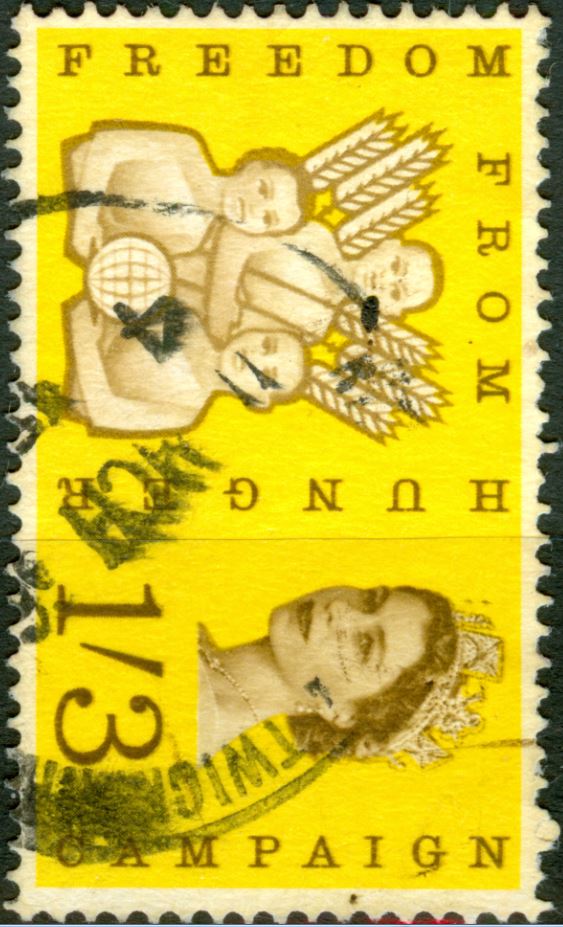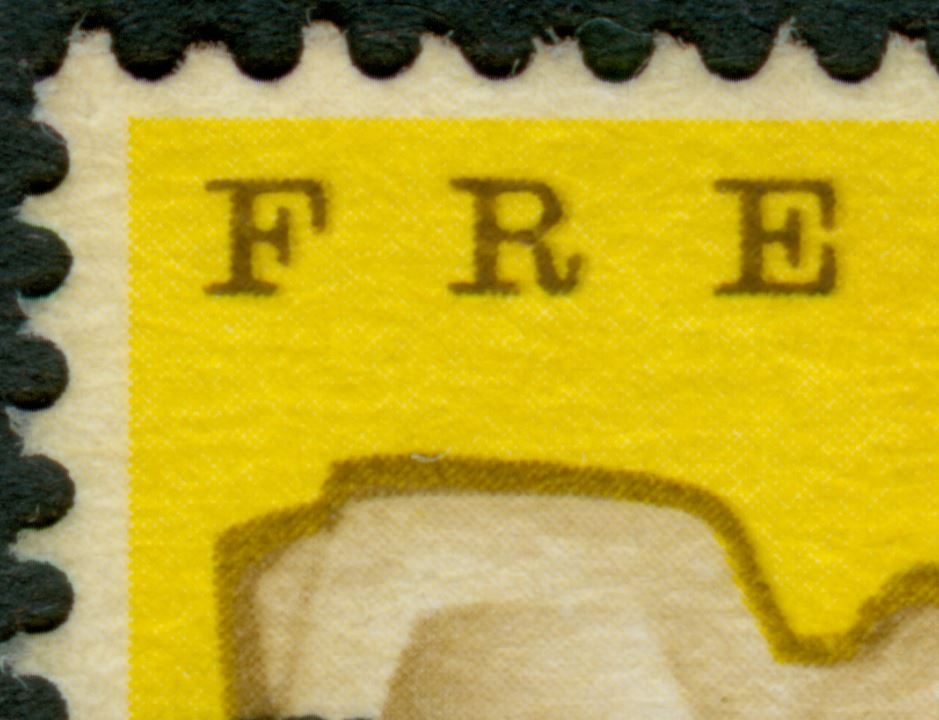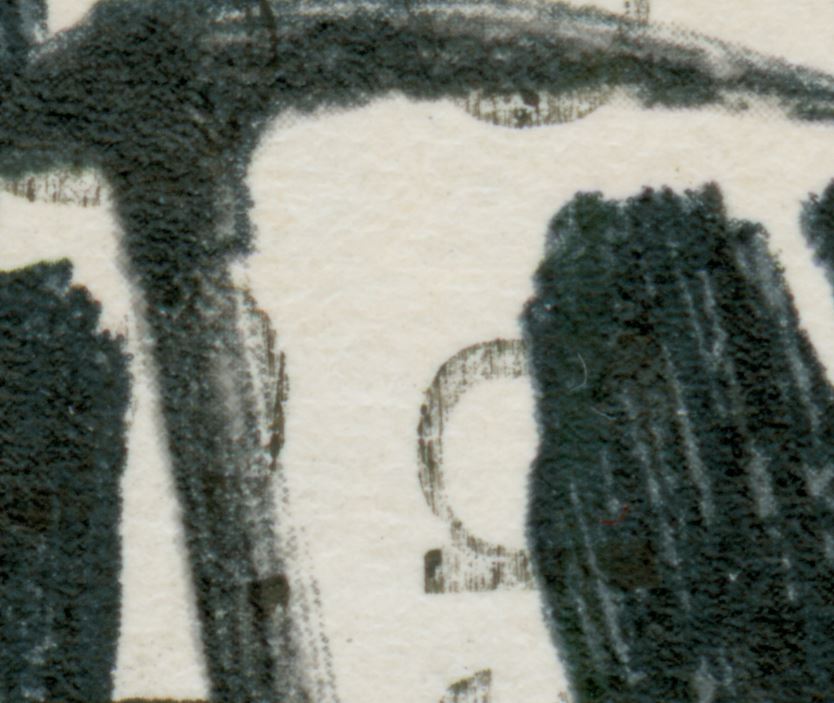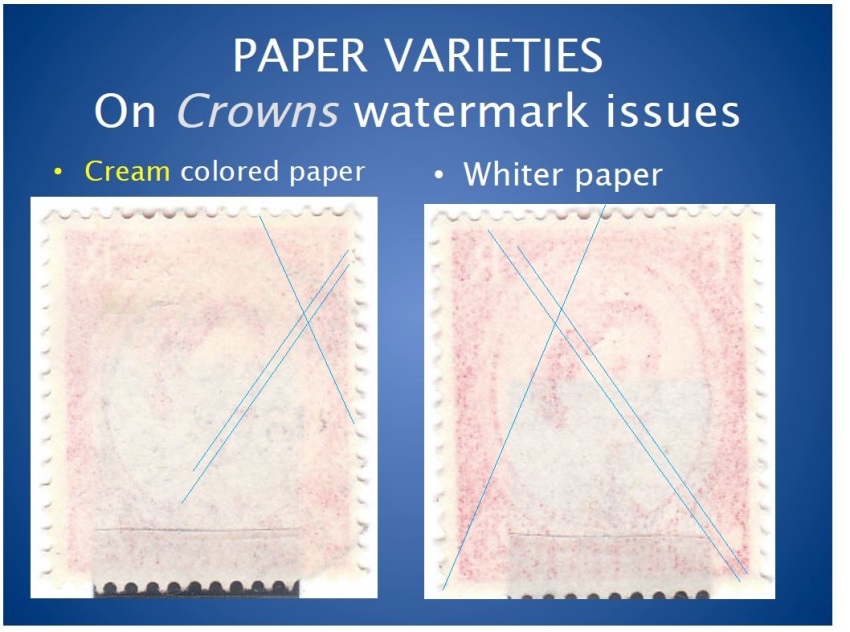The missing fibers at the front had an impact on the printing itself! Although, the coating may have disguised it a bit!Rein escribió:What this "crater" paper has in common is that the front surface is cracked!
As the wire side of a paper usually has the imprint of the wire and the "missing fibers", we can easily state that in this case the wire side of the paper had been coated!!! What we see at the back is the felt side of the paper!
Douglas Myall at some places refers to an "experimental coating" without explaining what is meant....
to be continued ...


incidentally you can see the "direction of printing" (see "FRE") which is a much wider phenomenon that Myall let us believe...

to be continued ...

